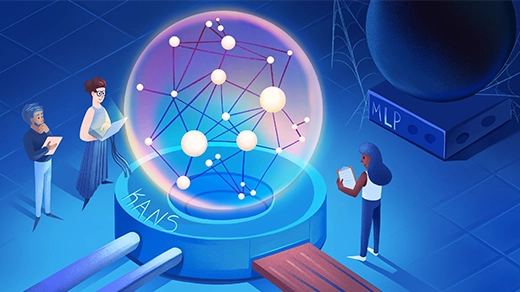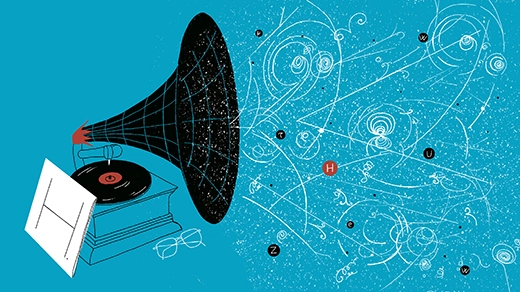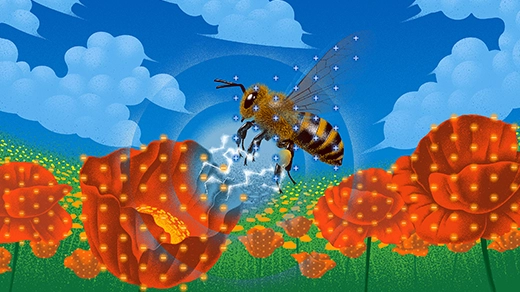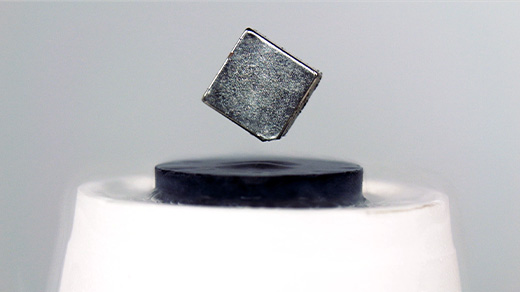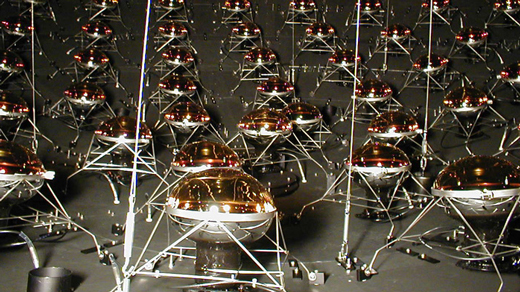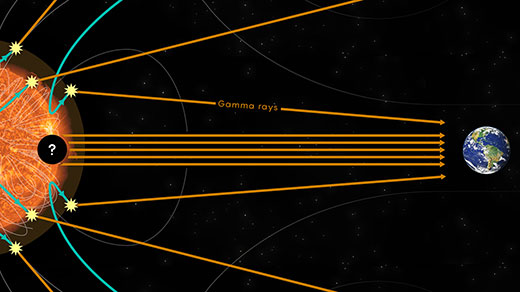You are looking for
Advanced search
Real-Life Schrödinger’s Cats Probe the Boundary of the Quantum World
...same, these exotic objects are worth heeding, because they show with unprecedented clarity that quantum mechanics is not just the physics of the extremely small. “Schrödinger’s kittens,” loosely speaking, are...
Novel Architecture Makes Neural Networks More Understandable
...Wetzel, a researcher at the Perimeter Institute for Theoretical Physics. “When we scale them up to larger data sets, nothing can compete.” And yet, all this time, neural networks have...
How the Higgs Field (Actually) Gives Mass to Elementary Particles
...physics, says the universe is filled with fields. Examples include the electromagnetic field, the gravitational field and the Higgs field itself. For each field, there’s a corresponding type of particle,...
Why Gravity Is Not Like the Other Forces
...these possibilities remain conjectural and incompletely understood. A working quantum theory of gravity is perhaps the loftiest goal in physics today. What is it that makes gravity unique? What’s different...
The Hidden World of Electrostatic Ecology
...to his background in physics. The marriage of these worlds drives his curiosity: How does physics mold animal behavior? He pivoted to sensory ecology for graduate school and joined Robert’s...
High-Temperature Superconductivity Understood at Last
...in a particular direction, like a quantum-size magnet. The late Philip Anderson, an American Nobel laureate and all-around legend in condensed matter physics, put forth a theory just months after...
Evidence Found for a New Fundamental Particle
...neutrino physicist at the Massachusetts Institute of Technology and a member of the MiniBooNE collaboration. The existence of a sterile neutrino would revolutionize physics from the smallest to the largest...
The Sun Is Stranger Than Astrophysicists Imagined
The sun radiates far more high-frequency light than expected, raising questions about unknown features of the sun’s magnetic field and the possibility of even more exotic physics. A decade’s worth...
How Is Flocking Like Computing?
...exhibited. When we first measured these properties, it seemed like the individuals were defying the laws of physics. The information was percolating so quickly. And in the, sort of, early...

